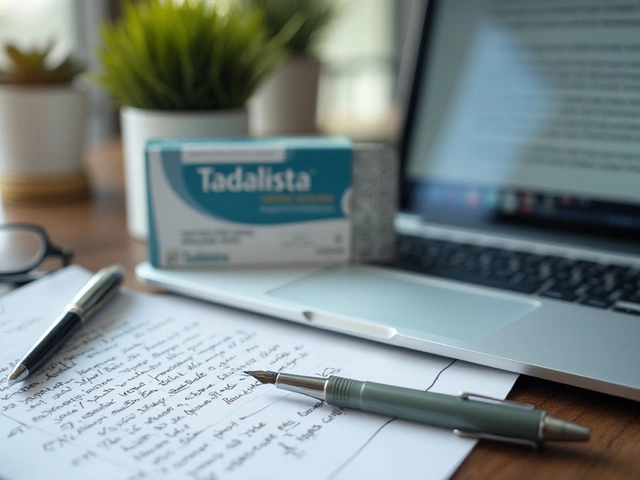Ayurveda: Practical Guide to Safe Herbal Care
Ayurveda can be useful for everyday issues like stress, digestion, or mild inflammation. It mixes simple habits, food choices, and herbal remedies. This page gives hands-on guidance: what works, what to avoid, and how to use herbs safely alongside modern medicine.
Quick dosha guide and simple steps
Ayurveda groups people into three doshas: Vata (air/movement), Pitta (heat/digestion), and Kapha (structure/slowness). You don’t need a full assessment to get started. Notice basic signs: are you often cold and anxious (Vata)? Prone to heartburn or strong appetite (Pitta)? Slow, heavy, and sleepy (Kapha)? Match small changes to your pattern: warm cooked food and grounding spices for Vata, cooling foods and bitter greens for Pitta, lighter meals and activity for Kapha.
Start small: try one habit for two weeks — like morning warm water with lemon for digestion, or a nightly routine of light stretching and warm oil massage (abhyanga). Track how you feel and stop anything that clearly makes symptoms worse.
Common herbs and what the evidence says
Some Ayurvedic herbs are well-studied. Turmeric (curcumin) has solid evidence for mild inflammation and joint pain when taken in standardized forms. Ashwagandha shows benefit for stress and sleep in several clinical trials. Triphala is used for gentle bowel regulation. Neem and holy basil have topical or short-term uses but require care. These herbs can help, but they’re not miracle cures — expect modest benefits over weeks, not overnight fixes.
Prefer standardized extracts when research supports them (for example, curcumin with enhanced absorption). Teas and cooking with spices are fine for general wellness, but therapeutic dosing usually needs concentrated preparations.
Quality matters. Choose reputable brands that list active ingredient amounts, batch numbers, and third-party testing when possible. Avoid products that promise unrealistic results or include many unknown additives.
Safety first: many herbs affect blood clotting, blood pressure, blood sugar, or liver enzymes. Turmeric and ginger can thin blood slightly; ashwagandha may interact with sedatives or thyroid meds. If you take anticoagulants, diabetes drugs, blood pressure meds, or immunosuppressants, talk to your doctor before adding herbs.
Also avoid herbal self-treatment during pregnancy and breastfeeding unless advised by a clinician experienced in herbal medicine. Children and people with serious liver or kidney disease need extra caution.
Practical tips: start low and slow — low dose for a few days, then increase if tolerated. Keep one herb at a time so you can spot side effects. Store dried herbs and extracts in a cool, dry place. If you notice rash, stomach upset, dizziness, or unusual bleeding, stop and seek medical advice.
Want more? Browse our Ayurveda-tagged posts for deeper guides and product reviews. If you’re combining herbs with prescription meds, bring a list to your clinician so you both can check for interactions. Small, safe steps are the best way to get benefits without surprises.
Arjuna Supplement Benefits, Dosage, and Side Effects Explained
Learn what Arjuna is, its proven benefits in cardiovascular health, safe dosage guidelines, and possible side effects. Evidence-based, straightforward facts.
View More




